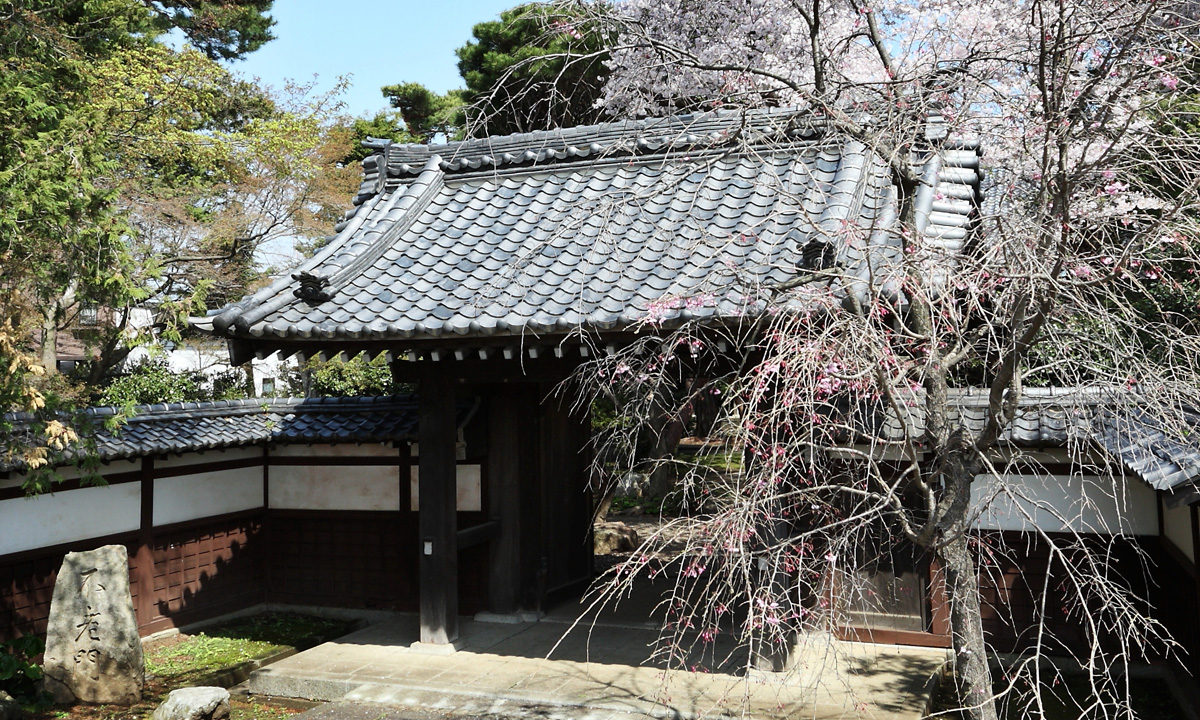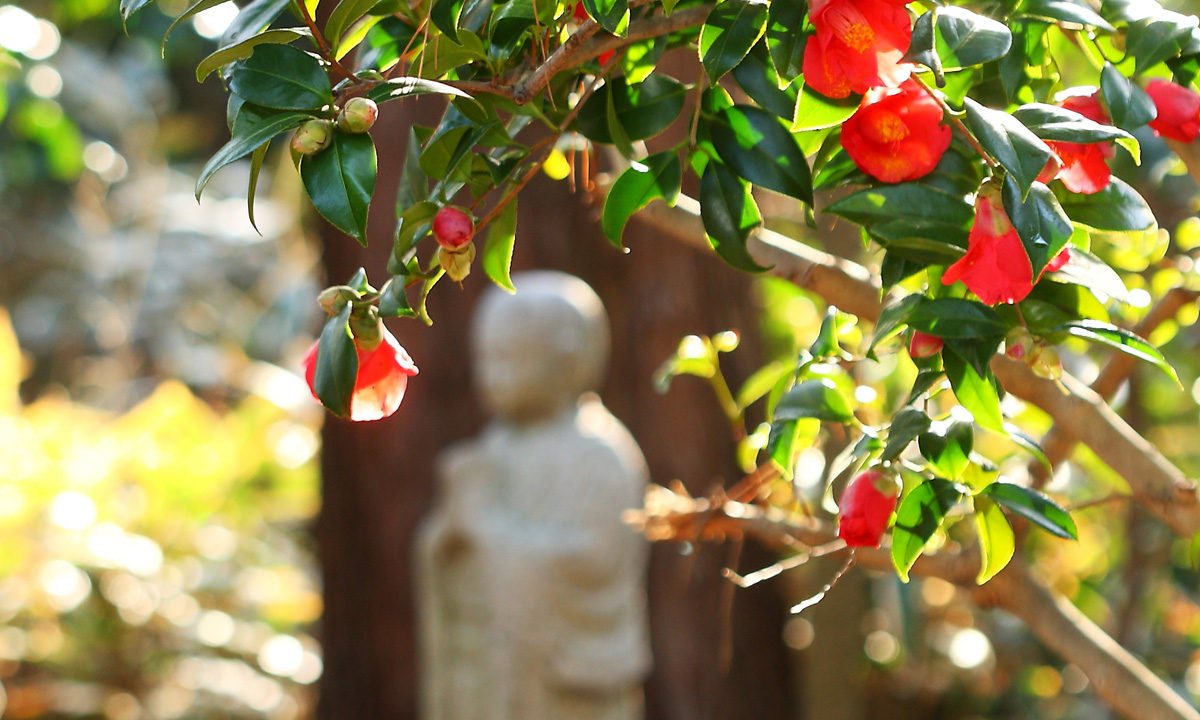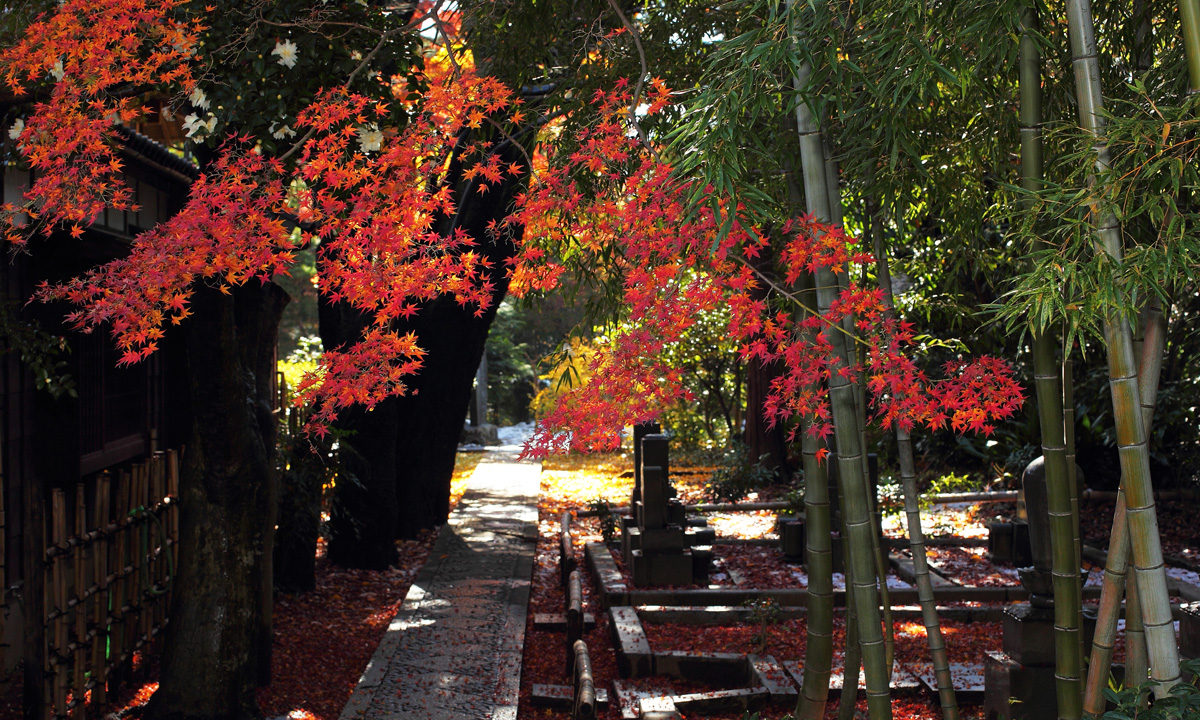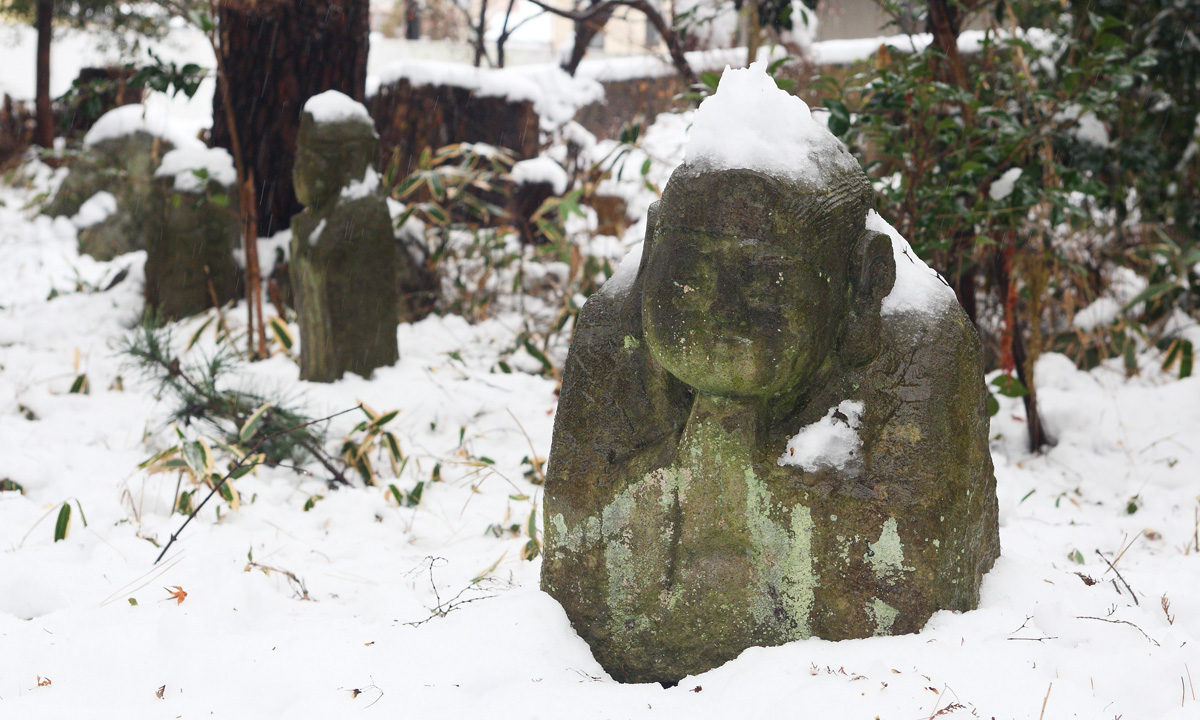What is a monzeki convent?
Monzeki convents were Buddhist nunneries inhabited by princesses and empresses, as well as daughters of nobles or shoguns who became Buddhist nuns. Due to the connections to the imperial family, specific traditions emerged in these temples, creating a particular set of religious etiquette and lifestyles.
The term monzeki has been used to refer to these temples since 1941, prior to which they were called bikuni-gosho, or Nun’s Palaces. There is a certain distinction that sets these convents apart from other Buddhist convents.
While training in the Way of Zen and Buddhist rituals were of course carried out, literature and the arts were also constant companions at monzeki convents. Residences were at times partially outside of the temples, and everything from furniture to tools and the décor was characteristic of the imperial dynasty.
After the Meiji Restoration, Shintoism and Buddhism were declared to be separate, and women of the imperial family were forbidden from becoming Buddhist nuns. As such, the number of temples carrying on monzeki convent traditions has dwindled, and today, there are only 7 such temples left in Kyoto (Daishō-ji, Hōkyō-ji, Donge-in, Kōshō-in, Rinkyū-ji, Reikan-ji and Sanji-Chion-ji), and 3 temples in Nara (Enshō-ji, Chūgu-ji and Hokke-ji).




